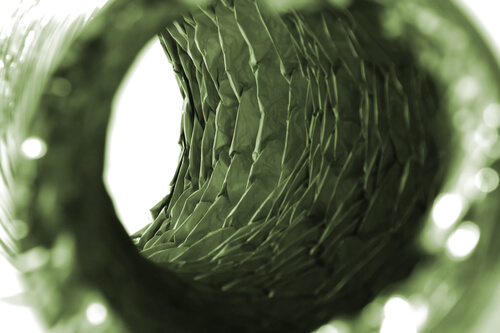
Ever since dryers and washers were invented, they have managed to create a level of convenience that was never before seen in a home. However, one of the biggest safety concerns with these dryers is the build-up of lint in the dryer’s ducting, vents outside the house as well as the dryer itself. Lint that is allowed to accumulate inside the dryer cabinets has caused more than 14,800 fires every year.
Lint can be easily ignited by gas burners, electric heating elements or even sparks from the motors. When either of the mentioned triggers occurs, the flames will travel through the lint-lined exhaust vents. To ensure that this does not happen at all, you should check the exhaust vents and the interior of the cabinet regularly. Additionally, you should also make cleaning the vents and lint screens an annual affair. If you are curious about how professionals
Vacuums are commonly used to make quick work of cleaning out all the lint from the screen and vent hood of your exterior electrical receptacle. Hand washing techniques as well as cleaning brushes are also used for this task. The tailpipe will be inspected thoroughly to spot any build-up of lint. If lint is present, a dryer brush will be inserted as deep as possible to clean it out with a vacuum. It will be cleaned until there are no visible signs of lint inside it.
The dryer vent cleaners will locate the dryer vent that is located outside your house. When it is found, work begins by checking the hood of the driver. It is that thing that’s attached to the side of your house with screws and a thin flange piece. If there is caulking around the cover, they will remove it before the vent cover and screws come off as well.
This is the area that you will see more lint than any other place. Broad brushes will most likely be inserted into the vent and moved in and out of the vent in a twisting motion to knock loose all the lint that can be reached. Vacuums are then used to clean out all the loosened dirt and lint. Once both ends of the vent is brushed and vacuumed, the point where it is attached to vent hood tailpipe will be inspected and the previous steps will be repeated if necessary.
Oftentimes, this might be the only part that requires cleaning. The screen can be easily pulled out and cleaned with a brush. When the screen is removed, the inside of the lint screen housing will be swept as well. Little clumps of lint are expected to come out during the process and it is perfectly normal. The cleaning will continue until no more lint comes out from the cavity.
You should always keep in mind that unclean vents of dryers are one of the biggest fire hazards in a home. Hence, ensure timely cleanings are performed to protect your home.